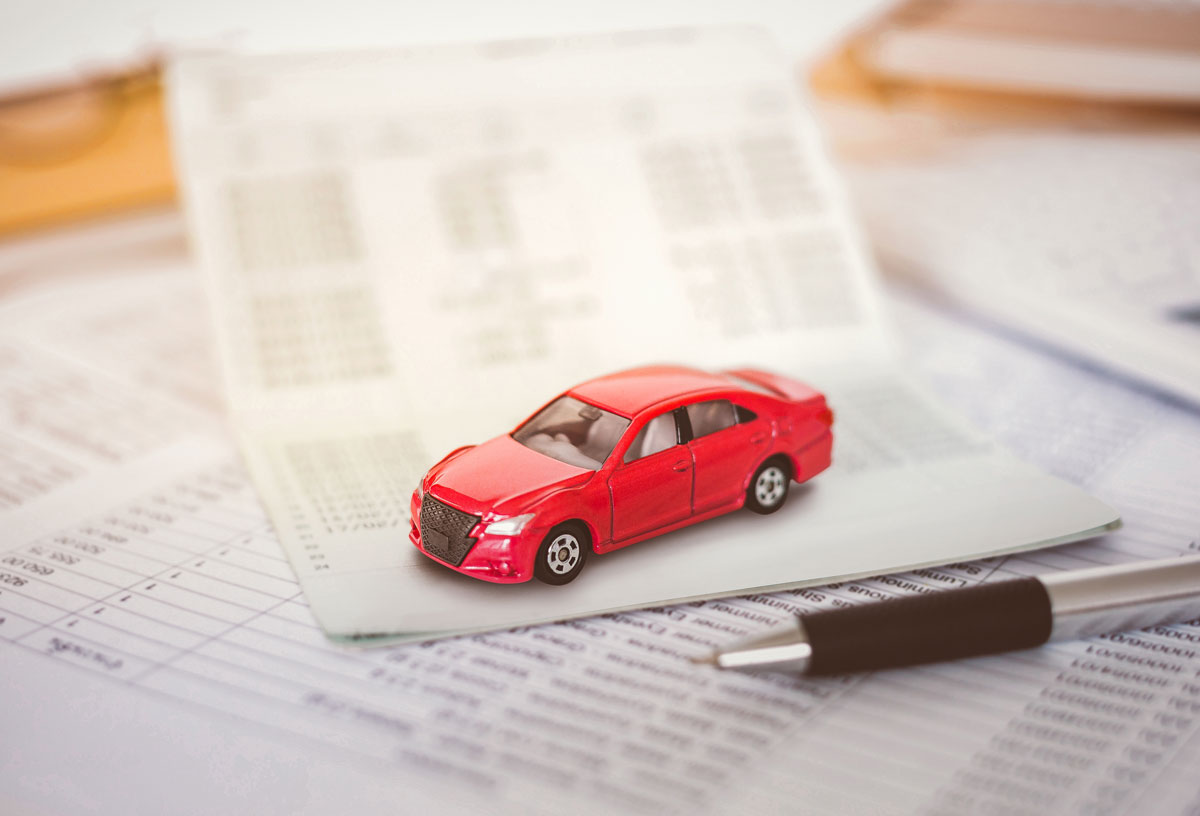One of the most common questions we are asked by individuals, sole traders and small businesses is how much they can claim for their work vehicle(s), what is tax deductible?, and how to provide evidence.
Under Australian tax law, you are able to claim any employment-related car expenses if you incur them while using your own vehicle to perform your job as an employee.If you own a business, claiming expenses and how you calculate them depends on how your business is set up – if you are a sole trader, company, partnership or trust, the type of vehicle you use, and specifically how the vehicle is used.
There was a shake-up regarding motor vehicle expenses claims in 2015 when the ATO changed the regulations and new rules were brought into play. Now, there are only two ways to calculate your motor vehicle expenses:
Cents per kilometre
You can claim up to 5,000 business kilometres per car per year and from 30 June 2018, the rate increased to 68 cents per kilometre regardless of the size of your engine. Written evidence is not required to be kept, however the ATO has started to ask more questions to deduce if 5,000 kilometres are actually being travelled each year. So, you do need to be able to show that you were required to use your car for work, and how you calculated your claim. This is the simplest method to use but be aware that home to work travel is not included, and the ATO are cracking down on over claiming.
Log book
This method uses a business-use percentage which is determined by keeping a compliant logbook for a period of at least 12 continuous weeks and it is valid for 5 years. The business-use percentage is applied to all motor vehicle expenses including fuel, insurance, registration, repairs and depreciation. Depreciation is calculated as one-quarter, or 25%, of the recorded value for your vehicle.
While the logbook method seems like an arduous task, there’s actually a range of smart phone apps now available that offer functionality to meet ATO requirements. These apps track your travel and can even store petrol receipts so keeping track of everything has never been easier. If you have a larger car that is being used for business, this may be the best option.
Commercial vehicles
A commercial vehicle is 100 per cent tax deductable, however this does not necessarily include a ute. A commercial vehicle is defined by being able to carry more than 9 passengers or weigh more that 1 tonne. Generally 4-wheel drives that are standard passenger cars are classed as a ‘motor vehicle’ and one of the two methods above would be used to claim tax deductions.
Tax benefit for small business – time is running out!
If your business generates less than $10 million a year, you might be eligible for a $20,000 immediate tax deduction on business-related purchases including new or used vehicles. At the moment this’instant asset tax write-off’ has been extended to 30 June 2019. This means that if you buy an assetand it costs less than $20,000 before this date, you can write off the business portion in your tax return for the relevant income year.
The ATO has a really useful fact sheet which can help clarify some of the regulations you can download it here
We can help you determine which method will be best for you, arrange a free consultation with one of our accountants by calling us on 08 9240 7629.







Leave A Comment